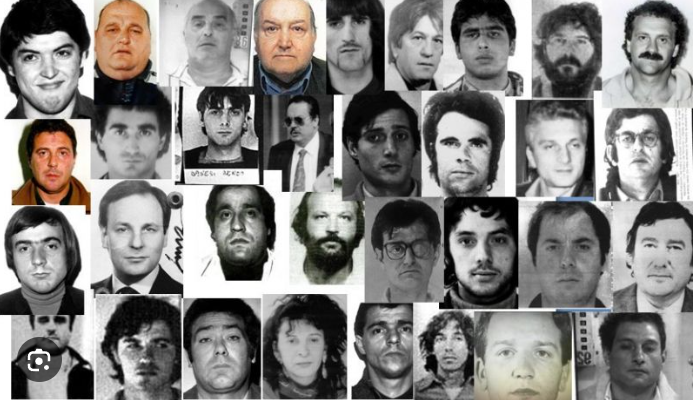How did the gang enter into the drug market and trade?
Giuseppucci suggested to his buddies that they participate in the drug trade in order to provide a portion of the profit to a joint initiative. Selis was a close acquaintance and godson of NCO boss Raffaele Cutolo, who helped Giuseppucci win over the mob. Around this time, Selis and his gang teamed up with Giuseppucci, who then served as the primary liaison between the NCO and the Banda della Magliana. Cutolo met Abbatino and Giuseppucci. He gave them a favor to complete in order to gauge their dependability, and when they did, the two entered into a commercial partnership with the NCO to supply the organization with drugs.
The drug trade was expanding at the time, and the organization stood to gain a great deal of financial benefit from controlling it. They made the decision to split the city up into zones, with one or more gang members in charge of each zone. Giuseppucci and Abbruciati were given charge of the Testaccio neighborhood; De Pedis, Raffaele Pernasetti, and Fabiola Moretti oversaw Trastevere and Centocelle; Abbatino led the Magliana and Monteverde neighborhoods, with Colafigli playing a supporting role; Selis oversaw Ostia and Acilia, with help from Leccese, Lucioli, Toscano, Mancone, and the Carnovale brothers; Sicilia and Colafigli were in charge of Garbatella and Tor Marancia; Danesi, Castelletti, and Urbani were in charge of the Portuense-Trullo-Prenestino neighborhood. Two Chilean exiles purchased the first batch of heroin, which was produced by two Sicilians.
One thing that set each member apart was their own moniker, which reflected something about their personalities or ways of seeing. Giuseppucci’s dark olive skin tone earned him the nickname “Er Negro,” Marcello Colafigli’s stature and strength earned him the nickname “Marcellone,” and Edoardo Toscano’s willingness to perform any necessary task—including murders—earned him the nickname “lavoratore,” meaning “worker.”
Fulvio Lucioli played Sorcio because he always managed to make something out of everything; Claudio Sicilia, who was born on the slopes of Vesuvius, was known as Il Vesuviano; Danilo Abbruciati played Il Camaleonte, or “The Chameleon,” because it was the name of his first youth band; and Antonio Mancini, who went by Accattone because he loved the Pasolini film of the same name and because he was the only one who was politically aligned with the left; all of these characters were known for different reasons.
Every member in charge of a drug-trafficking zone in the city was required to use all available measures to destroy any opposition to their authority. While those who persisted in opposing them were put to death, those who chose to side with them received safety and assistance. However, the group found it somewhat unusual to kill their opponents physically, and soon the once-small Magliana organization gained complete power over Rome’s criminal underground.

